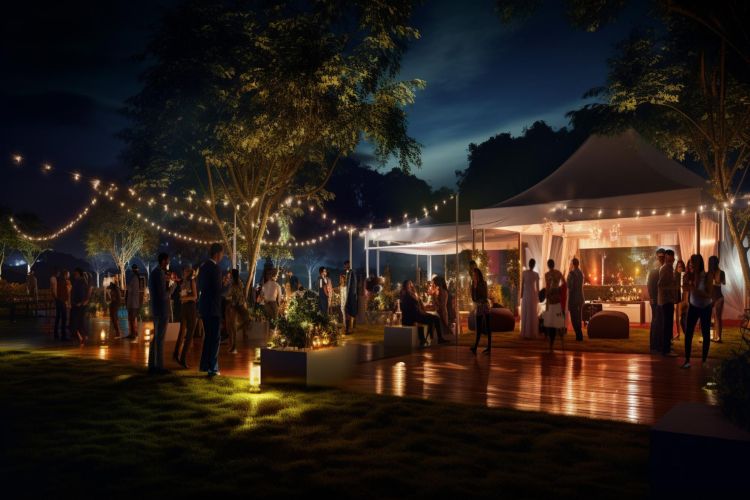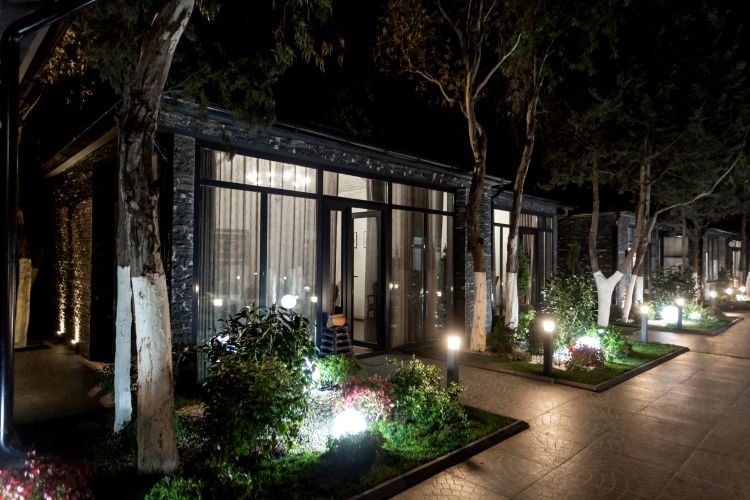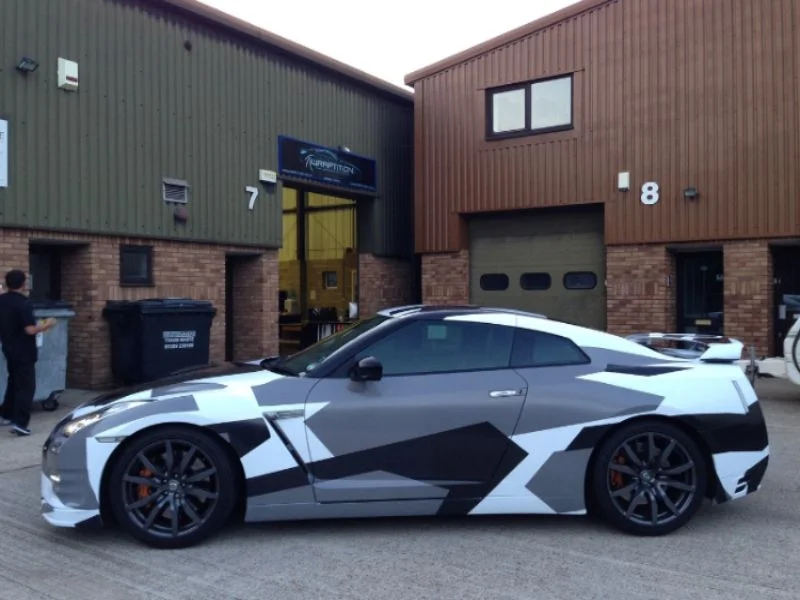
Installing and wiring outdoor LED lighting is important and requires careful attention. Doing it right can increase safety, security, and visibility, and make your space look better. Before you start, there are a few steps you should take to ensure the light fixtures are installed and wired correctly.
Following these steps, you can securely install your outdoor LED lights and avoid potential problems. This article will explain why it is important to properly install and wire outdoor LED lighting and provide tips on how to do it safely.
Also, read this: 11 Steps to Creating Engaging Content That Attracts More Customers
The Risks of Incorrectly Installed Outdoor LED Lighting

Improperly installing outdoor LED lights is dangerous and should not be taken lightly. Homeowners, businesses, and property owners need to understand how important it is to install and wire their outdoor lighting correctly.
If you don’t, you might face risks like electric shock, fire hazards, or blown fuses from overloaded circuits. These problems can cause damage and injury, and lead to expensive repairs or replacements that could have been avoided with proper installation.
Incorrectly wiring outdoor LED lights can also reduce their effectiveness, resulting in poor visibility at night. This can increase safety concerns for both pedestrians and vehicles. Additionally, improper installation could void the manufacturer’s warranty if parts are damaged, making it even more crucial to be careful.
To prevent these issues, follow some basic best practices. Double-check connections before turning on the power and ensure a secure fit between light fixtures and mounting surfaces.
Finally, always work with an experienced professional who understands electrical circuits when installing outdoor lighting. This will help ensure your safety and minimize the risks associated with incorrect installation, saving you time, energy, and money in the long run.
Methods to Ensure Correct Installation and Wiring of Outdoor LED Lighting
When installing and wiring outdoor LED lighting, it’s important to use the right techniques for a successful result. First, make sure the electrical current is within the wattage and voltage limits specified by the manufacturer. If you’re unsure, consult an electrician or a qualified installer.
If you have multiple light fixtures on one circuit, distribute the load evenly across all the lights. This ensures even illumination and prevents any single light from being overloaded.
It’s also a good idea to install surge protectors on each fixture when connecting them to power sources like generators or main electricity supply outlets. This will protect against sudden power surges that could damage your equipment.
Before starting the installation, take extra precautions when working outdoors. Always wear protective clothing and safety gear like gloves, safety glasses, and proper footwear, especially when dealing with high voltages or long runs of wire cables in wet areas.
Additionally, check local building codes before you begin to ensure your setup complies with regulations in your area. Failing to do so could lead to fines or other penalties. Make sure all connections are tight, including both physical ones (like nuts and bolts) and electrical connections (ensuring clean contact between wires).
Finally, test all systems before finalizing the installation. Use a multimeter to check wiring continuity and ensure each part, like bulbs, works properly. By following these simple steps, you should have no problems getting your outdoor LED lighting set up correctly every time.
Advantages of Following Best Practices for Installing and Wiring Outdoor LED Lighting
Following best practices when installing and wiring outdoor LED lighting has many benefits. When done right, LED lighting is a great way to illuminate pathways, stairs, yards, and other outdoor areas around your home.
It provides a safe way for people to move around at night and adds to the visual appeal by creating an inviting look. Properly installed LEDs can also help lower energy bills since they are more efficient and last longer than traditional lights. Additionally, with proper wiring, you won’t have to worry about electrical problems that could be expensive or dangerous if not fixed quickly.
By following best practices while installing and wiring outdoor LED lighting, you can enjoy all these benefits without sacrificing safety or quality.
Tips for Keeping Your Outdoor LED Lighting System Running at Its Best
- Regularly inspecting outdoor LED lighting is essential to keep it working well and ensure the system remains safe and efficient.
- Frequently check connections for tightness, corrosion, or damage from weather conditions like wind, rain, snow, and ice.
- Make sure all wiring is properly secured and insulated according to local building codes and regulations. Check that all fixtures are securely mounted to prevent movement from strong winds or other harsh elements.
- Replace any worn components before they cause further damage, such as burned-out bulbs or improper voltage levels, which can lead to poor system performance. Upgrade outdated equipment if necessary for better efficiency and durability over time.
- Clean the lenses of fixtures regularly using recommended cleaning solutions to maintain consistent light output. Consider shielding fixtures from direct sunlight when possible, as too much exposure can shorten their lifespan due to overheating during peak hours.
Conclusion
Outdoor LED lighting is becoming more popular for both homes and businesses. Its energy efficiency, eco-friendliness, and long lifespan make it a great choice for lighting up gardens, patios, walkways, driveways, and other outdoor areas.
Proper installation of outdoor LED lighting is very important. If not done correctly, the lights may not work well or could even become a safety hazard.
This includes choosing the right type of wiring to handle voltage surges from lightning or other sources, proper insulation to protect against weather damage, and ensuring all connections are secure. Taking these steps will ensure your outdoor LED lighting stays safe and functional for many years.
FAQs
1. What are the key safety concerns when installing outdoor LED lighting?
Key safety concerns include preventing electric shocks, avoiding fire hazards, and ensuring proper wiring to prevent overloaded circuits.
2. How can I determine the right wattage and voltage for my LED lights?
Check the manufacturer’s specifications for wattage and voltage limits. If unsure, consult with an electrician.
3. Why is it important to distribute the load evenly across multiple light fixtures?
Even distribution prevents any single fixture from being overloaded, ensuring consistent illumination and reducing the risk of circuit issues.
4. What should I do if my outdoor LED lights are not functioning correctly?
Check all connections for tightness, inspect for any damage or corrosion, and test the system with a multimeter. If issues persist, consult a professional.
5. How often should I inspect and maintain my outdoor LED lighting system?
Regular inspections should be done at least once a year, or more frequently if exposed to harsh weather conditions.
6. Can improper installation void the manufacturer’s warranty?
Yes, incorrect installation can void the warranty. Always follow manufacturer guidelines and consider professional installation to avoid this issue.

